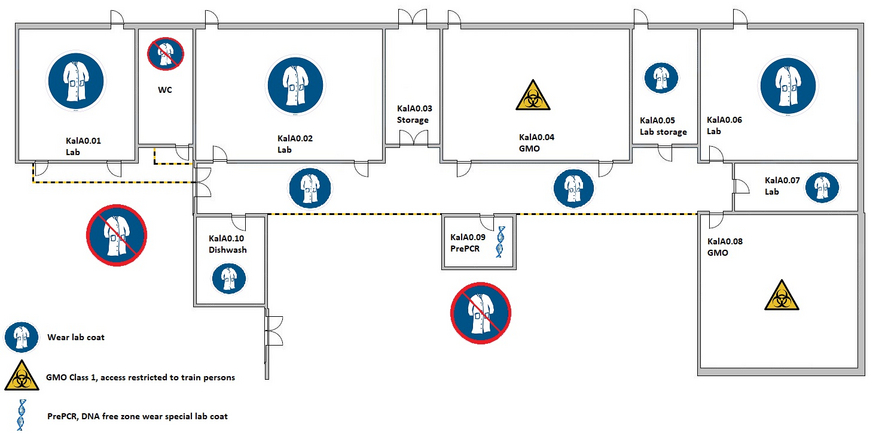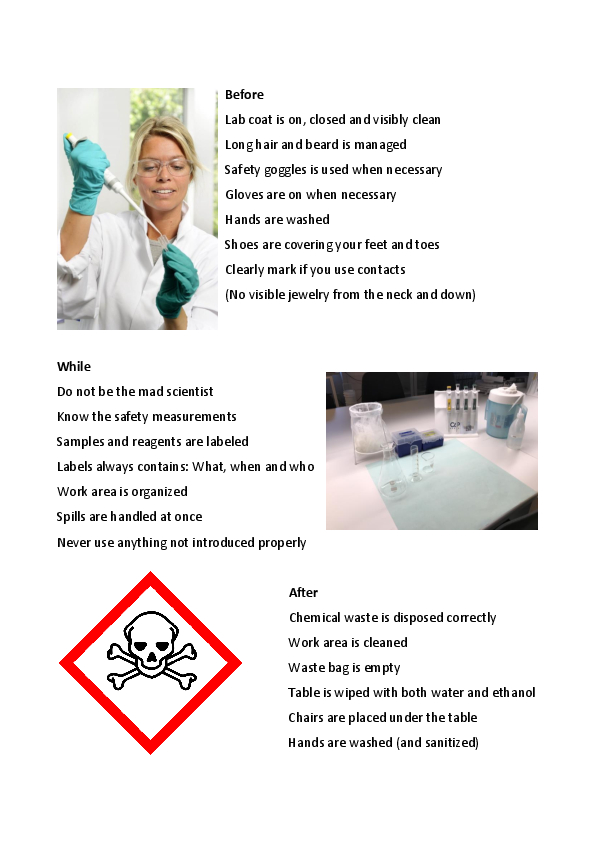If you need immediate help (e.g., in the case of an acute, life-threatening injury) call the Emergency Services (Tel: 1-1-2). You can call this number 24 hours a day, every day.
If you have been injured, always call the Emergency Telephone Number 1818 before you proceed to the Emergency Room to meet with someone from the Emergency Department.
Kalundborg Medical Clinic takes care of the emergency treatment of injuries. Here you can treat minor injuries such as cuts, sores, minor burns and sprains. The nurse who will answer the Emergency Telephone Number above will evaluate where you can receive the appropriate treatment.
The Medical Clinic in Kalundborg is open weekdays between 14:00 – 22:00, and weekends between 10:00 -20:00. The Medical Clinic is staffed with specially trained nurses. It is located within the Kalundborg Health and Emergency Center, Nørre Allé 31, 4400 Kalundborg.
Outside opening hours at Kalundborg Medical Clinic you will be referred to Holbæk Hospital, Emergency department / Emergency room, Entrance A, Smedelundsgade 60, 4300 Holbæk. Here it is open 24 hours and the emergency room is staffed with doctors and specially trained nurses.
If you require medical treatment, a fellow student or University employee can accompany you to the hospital. Give as much comprehensive and complete information as possible to the doctors. If the accident is caused by a reagent /chemical - bring instructions on how to deal with it (i.e., the appropriate Material Safety Data Sheet).
If the injury is less serious, you can use a taxi (e.g., Kalundborg Taxi 59 51 51 51) to drive you to the medical clinic. If you pay yourself then get a receipt.
Remember that any accidents and safety incidents are to be reported to the Occupational Safety Group at UC Absalon, Center for Engineering.
Intervention for all accidents
Contain and minimise the damage. Initiate first aid. Call for help.
The staff are instructed and trained in the safety regulations, but everybody who is able to should help the best they can in any given situation.
If necessary, call an ambulance (Tel: 112). The address of the school building is:
Professionshøjskolen Absalon
Campus Kalundborg 4, 4400 Kalundborg.
Send a person to meet the ambulance.

